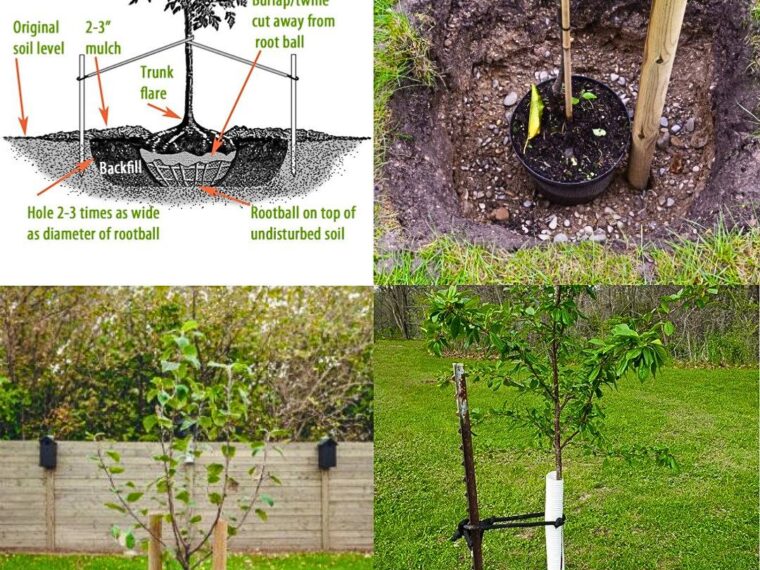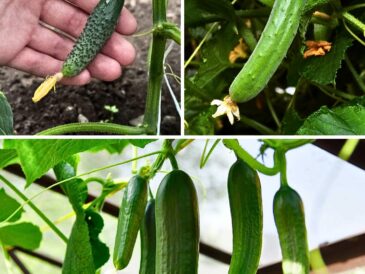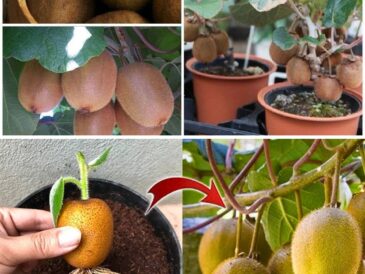Planting fruit trees is an exciting venture that promises a future of fresh, home-grown fruits right from your garden. However, the success of your fruit trees depends significantly on when and how you plant them. While spring is often considered a popular time for planting, fall is actually the best season to plant fruit trees. This article will delve into the best practices for planting fruit trees, with a focus on the numerous advantages of planting them in the fall.
Why Fall is the Best Time to Plant Fruit Trees
- Optimal Soil Conditions
- Soil Temperature: In the fall, the soil remains warm from the summer heat, providing a comfortable environment for the roots to establish themselves. Warm soil encourages root growth, which is crucial for the tree’s survival through the winter and robust growth in the spring.
- Moisture Levels: Fall typically brings more consistent rainfall, ensuring the soil stays adequately moist. This reduces the need for frequent watering, as the natural moisture helps the tree’s roots settle in.
- Reduced Stress for Trees
- Cooler Temperatures: The cooler temperatures of fall reduce the stress on newly planted trees. Unlike in spring or summer, when high temperatures can cause stress and dehydration, fall provides a milder climate, allowing trees to focus their energy on root development rather than dealing with heat stress.
- Dormancy Period: Planting in the fall allows trees to enter their natural dormancy period shortly after being planted. During dormancy, the tree conserves energy, which it will use for growth in the spring. This period also allows the roots to develop without the pressure of supporting active leaf and fruit growth.
- Better Root Establishment
- Early Root Growth: When planted in the fall, fruit trees have a head start on root establishment. As the roots continue to grow throughout the fall and into the early winter, the tree is better anchored and more resilient when it resumes active growth in the spring.
- Stronger Trees: Trees planted in the fall often grow stronger and more resilient than those planted in the spring. With a well-established root system, they are better equipped to handle the challenges of the growing season, including drought and pests.
Best Practices for Planting Fruit Trees in the Fall
TO CONTINUE READING PLEASE SEE PAGE 2
Pages: 1 2




